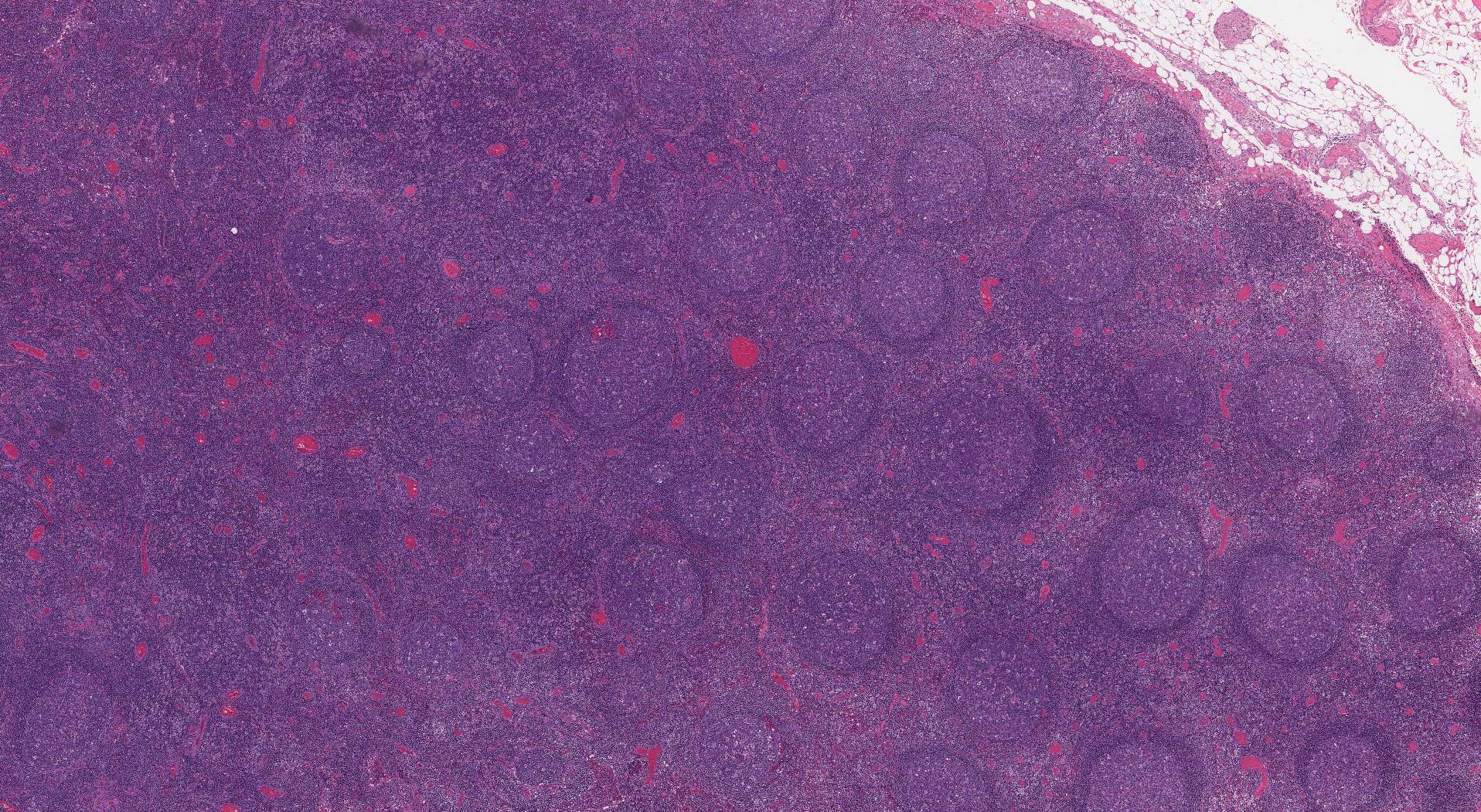by Jason Wasserman MD PhD FRCPC
October 27, 2023
Reactive lymphoid hyperplasia is a benign (noncancerous) increase in the number of immune cells called lymphocytes. This change commonly affects small immune organs called lymph nodes, When this happens, the lymph nodes may appear enlarged. This change may also be seen in other organs where a large number of lymphocytes are normally found. This includes the stomach, small intestine, skin, and oropharynx (especially the tonsils).
What causes reactive lymphoid hyperplasia?
Reactive lymphoid hyperplasia can be caused by anything that stimulates or activates lymphocytes. The most common cause is a viral or bacterial infection. Lymphocytes can also be stimulated by injury to the tissue, allergies, and drugs/medications. Rarely, this change is caused by an immune system disorder or autoimmune disease.
How is this diagnosis made?
The diagnosis of reactive lymphoid hyperplasia is usually made after small pieces of tissue are removed in a procedure called a biopsy. When a lymph node is involved, the entire lymph node may be removed in a procedure called an excision. The tissue is then sent to a pathologist for examination under the microscope.
Related articles on MyPathologyReport
About this article
This article was written by doctors to help you read and understand your pathology report. Contact us if you have questions about this article or your pathology report. For a complete introduction to your pathology report, read this article.


